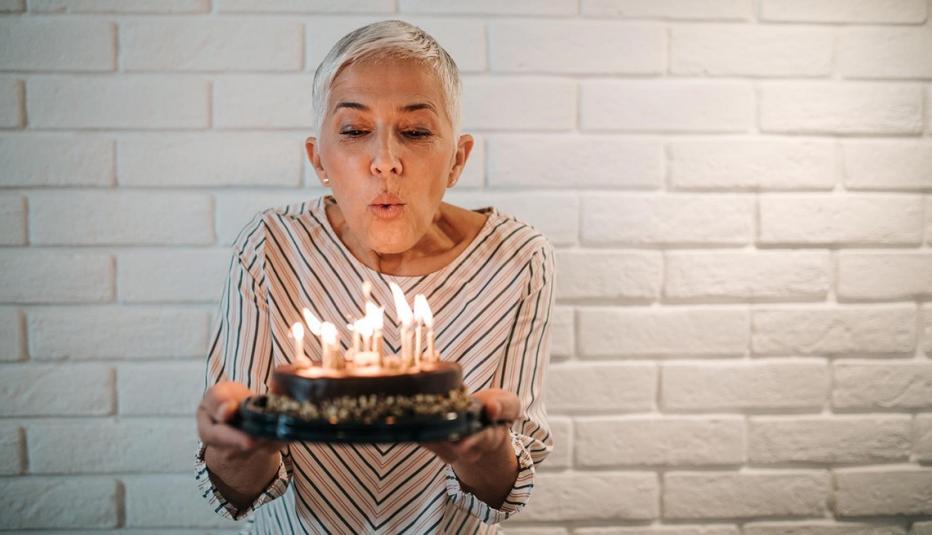AARP Hearing Center
The understanding of beauty expands and gains depth with age, even as the beauty industry continues along a path of slow progress in its depictions of what makes people beautiful, AARP’s retrospective survey analysis finds.


AARP Research rolled out the retrospective analysis on its five Mirror Mirror survey series to gauge women’s continuing attitudes about beauty, aging, the personal care industry, and media. The survey series looks at women in media, whether and how negative stereotypes of aging have changed, and whether unconscious age bias still comes into play.
The study found most women do not see various groups of women, other than young and white women, being portrayed positively in advertising. And nearly two in three (65%) women 50-plus feel they are not depicted adequately in media. How a company portrays women in its advertising still matters — including to the company, as inaccurate depictions can negatively affect their business. Customer loyalty today doesn’t guarantee loyalty tomorrow.
Multifaceted beauty, the wisdom of age, and tepid progress
Depictions of beauty have become more inclusive over the last five years, but as a multibillion-dollar industry, beauty and personal care — through advertising, marketing, and social media — continues to be the most prominent source of inspiration for women of all ages. On that front, greater authenticity, cultural competence, and representation of unique values and attitudes is needed across the full range of depictions: race, ethnicity, body type, gender identity, sexual orientation, and age.
From the survey series a few key themes emerged on such topics as defining beauty, inner confidence versus outer beauty, being healthy and authentic versus attractive to others, and feeling pressure to meet beauty standards.
- Beauty is viewed as being more than one’s physical appearance; it comprises character, values, health, and well-being.
- Pressure to fit in and meet appearance expectations, whether self-imposed or real, eases with age as women begin to appreciate their authentic selves.
- While media has evolved in its representation of women of all ages and embraces a range of diversity in portraying women, they need to do more.
What determines beauty?
Across age groups, women believe the person you are inside matters more than appearance. Kindness, morals, character and values, and personality are more important than looks.
Women 50-plus (75%) are more likely than those ages 18 to 49 (65%) to measure their beauty based on their own sense of self rather than needing to compare themselves to others — although it is still a majority of both age groups. In fact, the vast majority (95%) see an overall sense of well-being as more important than outer beauty. However, the focus on being healthy and authentic versus attractive to others is more pronounced among the 50-plus.
Social influence a help or hindrance?
While beauty choices are influenced by social media for some women (45%), those 50-plus are less likely to engage with or be influenced by it. The results revealed that, although younger and older adults have similar engagement with Facebook, fewer adults 50-plus (76%) engage on YouTube than younger adults (86%). Additionally, TikTok and Instagram are particularly influential among younger adults.
Shifts in perception
Negative perceptions and self-criticism tend to lessen as women age. Women 50-plus are more likely than younger adults to feel free to dress as they want (70% vs. 61%), be kinder to themselves about their body image as they age (51% vs. 39%), have no negative body image (49% vs. 44%), and celebrate their bodies as they age (36% vs. 30%).
Methodology
This five-year retrospective report comprises findings from 20,854 women age 18 and older. The online and phone surveys were conducted annually between 2018 and 2022. The samples were balanced against Census benchmarks on age, gender, race/ethnicity, and geographic population.
For more information, please contact Alicia Williams at arwilliams@aarp.org. For media inquiries, contact media@aarp.org.






























































